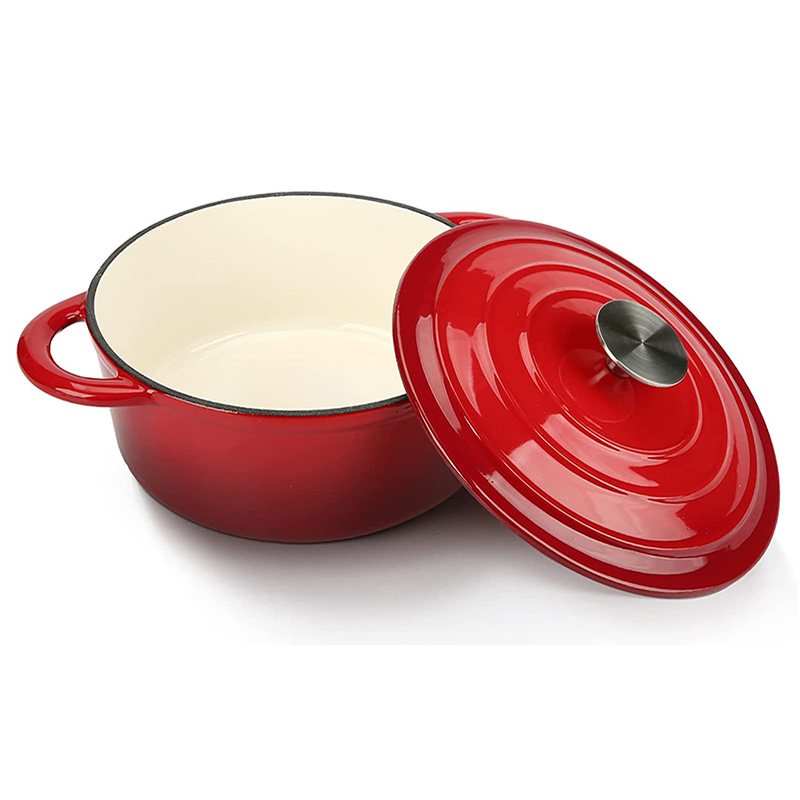- 150m Southwards, West DingWei Road, Nanlou Village, Changan Town, GaoCheng Area, Shijiazhuang, HeBei, China
- monica@foundryasia.com
dets. . 04, 2024 03:14 Back to list
Effective Cleaning Techniques for Cast Iron Skillets Using Steel Wool and Beyond
The Art of Care Using Steel Wool on Cast Iron Skillets
Cast iron skillets are a beloved kitchen staple, known for their unparalleled heat retention, natural non-stick properties, and ability to develop a unique seasoning over time. However, maintaining and cleaning these pans can be a topic of debate among culinary enthusiasts. One common question that arises is whether it's appropriate to use steel wool on cast iron skillets. In this article, we'll delve into the nature of cast iron cooking, the role of steel wool in cleaning, and proper maintenance techniques to ensure the longevity and performance of your skillet.
Understanding Cast Iron Cookware
Cast iron skillets have been used for centuries. They are particularly valued for their ability to cook evenly and withstand high temperatures, making them ideal for searing, frying, and baking. Over time, a well-maintained cast iron skillet develops a seasoning—a natural layer of polymerized fat that creates a non-stick surface and prevents rust. This seasoning is essential, as it enhances flavor and ensures that your food does not stick to the pan.
The Role of Steel Wool
Steel wool is a commonly used cleaning tool, effective for removing tough grime, rust, and burnt-on food. However, using steel wool on a cast iron skillet requires caution. While it can be effective in stripping away baked-on food and rust, it can also damage the skillet's seasoning if not used carefully. Steel wool can abrade the seasoned surface, exposing the cast iron beneath and leaving it vulnerable to rust and corrosion.
When to Use Steel Wool
There are specific circumstances where the use of steel wool may be justified
1. Dealing with Rust If your cast iron skillet has developed rust, a gentle scrub with fine-grade steel wool can help remove the rust effectively. However, it's crucial to re-season the skillet afterward to restore its protective layer.
2. Restoring a Neglected Skillet For skillets that have been poorly maintained, where food is caked on or the seasoning is significantly compromised, using steel wool may be necessary to bring the pan back to life. Again, be prepared to re-season the skillet thoroughly afterward.
How to Clean a Cast Iron Skillet with Steel Wool
steel wool cast iron skillet

If you decide to use steel wool on your cast iron, follow these steps to minimize damage
1. Wet the Steel Wool Dampen the steel wool with warm water to prevent scratching. This will also help in loosening any stuck food particles.
2. Gently Scrub Using moderate pressure, gently scrub the area where there is rust or baked-on food. Avoid aggressive scrubbing that could remove too much seasoning.
3. Rinse Thoroughly After scrubbing, rinse the skillet with hot water to remove any debris. Do not use soap, as it can degrade the seasoning layer.
4. Dry Immediately To prevent rust, dry your skillet immediately using a clean cloth or by placing it on low heat for a few minutes to evaporate any remaining moisture.
5. Re-Season the Skillet After cleaning, apply a thin layer of vegetable oil or another suitable fat and heat the skillet in the oven at a high temperature for an hour. This will help restore the seasoning and protect the cast iron.
Maintenance Tips
To keep your cast iron skillet in excellent condition and reduce the need for heavy cleaning, follow these best practices
- Avoid Soaking Never soak your skillet in water, as this leads to rusting. - Clean Immediately Clean your pan after each use while it's still warm. Wipe it out with a paper towel or use a brush to remove food residue. - Regularly Re-Season Over time, re-season your skillet to maintain its non-stick properties and to enhance its flavor.
Conclusion
Using steel wool on cast iron skillets can be beneficial in specific situations but should be approached with caution. By understanding when and how to use it properly, along with regular maintenance practices, you can keep your cast iron skillet in peak condition, ensuring its functionality and charm in your kitchen for decades to come. Enjoy the cooking process and elevate your culinary adventures with this timeless cookware!
-
Premium Extra Large Cast Iron Skillet – Heavy Duty & Even Heat Cooking
NewsMay.20,2025
-
Small Round Cast Iron Pan - Even Heat Distribution & Versatile Cooking
NewsMay.20,2025
-
Durable Enamel Cast Iron Shallow Casserole Dish 3L, Red Oven-to-Table
NewsMay.20,2025
-
Premium Black Cast Iron Casserole Dishes Even Heat & Durability
NewsMay.19,2025
-
Premium 9-Quart Enameled Cast Iron Dutch Oven Durable & Even Heating
NewsMay.19,2025
-
Premium Small Cast Iron Grill Pans Durable Outdoor & Indoor Cooking
NewsMay.19,2025